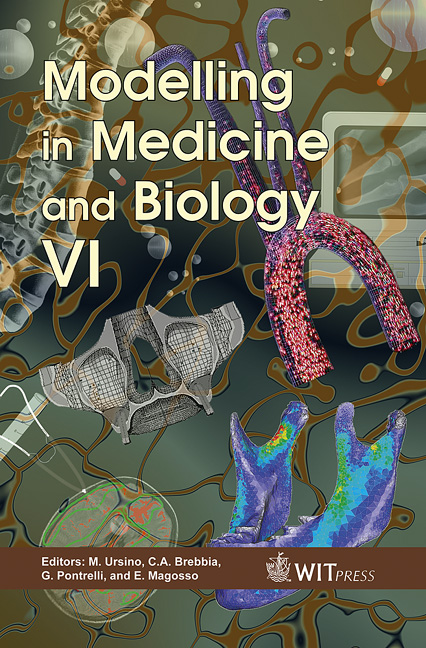A Numerical Solver Of 3D Poisson Nernst Planck Equations For Functional Studies Of Ion Channels
Price
Free (open access)
Transaction
Volume
8
Pages
10
Published
2005
Size
2,221 kb
Paper DOI
10.2495/BIO050111
Copyright
WIT Press
Author(s)
S. Furini, F. Zerbetto & S. Cavalcanti
Abstract
Recent results of X-Ray crystallography have provided important information for functional studies of membrane ion channels based on computer simulations. Because of the large number of atoms that constitute the channel proteins, it is prohibitive to approach functional studies using molecular dynamic methods. To overcome the current computational limit we propose a novel approach based on the Poisson, Nernst, Planck electrodiffusion theory. The proposed numerical method allows the quick computation of ion flux through the channel, starting from its 3D structure. We applied the method to the KcsA potassium channel obtaining a good accordance with the experimental data. Keywords: membrane protein, computer simulation, ion fluxes. 1 Introduction Ion channels are protein molecules embedded in the lipid bilayer of the cell membranes. They control the ion fluxes through the cellular membrane playing a central role in several cell functions, i.e. the cellular excitability [1]. In the last few years, thanks to the structural data provided by X-ray crystallography, it has become possible to analyze the channels at atomic level. In particular, the atomic structures of several bacterial ion channels selectively permeable to potassium ions - KcsA [2], MthK [3], and KvAP [4] - were revealed. The peculiar characteristic of potassium channels is the ability to conduct at a rate close to the diffusion limit (108 ions/s) keeping a high selectivity (K+ is 104 times more permeant than Na+). Since high fluxes need conduction mechanisms without
Keywords
membrane protein, computer simulation, ion fluxes.





